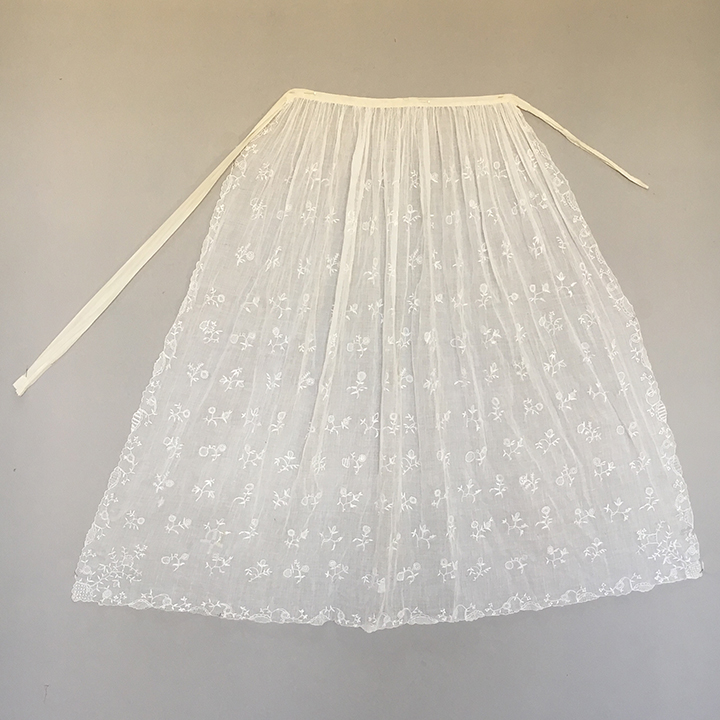Worldly goods in Edgecombe County, North Carolina 1750s versus 1770s
While perusing through inventories and various county records, I have come across a few inventories that I believe are store inventories.
Edgecombe County was formed in 1741 out of Bertie County, the county is named after Richard Edgecombe, a member of Parliament and a lord of treasury, who became the First Baron Edgecombe in 1742. Edgecombe’s boundaries have changed a few times until it reached its current edges. In 1746, part of the county became Granville County; in 1758, another part was used to create Halifax County; and in 1777, yet another small portion was used to establish Nash County.
North Carolina’s ninth oldest incorporated town, Tarboro served the county and the state as a thriving inland port and merchants and farmers used the Tar River largely for trade and transportation until the Civil War.
Not quite the eastern seaboard of wealth, it could be considered the back country at one point in the early settlement of the county 1740s-1750s but as trade routes were created, wealth and worldly goods expand into these areas. What I noticed is that one sees a lot of Virginia currency noted in these inventories and sales papers.
Edgecombe County was formed in 1741 out of Bertie County, the county is named after Richard Edgecombe, a member of Parliament and a lord of treasury, who became the First Baron Edgecombe in 1742. Edgecombe’s boundaries have changed a few times until it reached its current edges. In 1746, part of the county became Granville County; in 1758, another part was used to create Halifax County; and in 1777, yet another small portion was used to establish Nash County.
North Carolina’s ninth oldest incorporated town, Tarboro served the county and the state as a thriving inland port and merchants and farmers used the Tar River largely for trade and transportation until the Civil War.
Not quite the eastern seaboard of wealth, it could be considered the back country at one point in the early settlement of the county 1740s-1750s but as trade routes were created, wealth and worldly goods expand into these areas. What I noticed is that one sees a lot of Virginia currency noted in these inventories and sales papers.
William Whitehead in 1751 has three pages of inventory ranging from woolens, linen, check, stockings, shoes, hats, blankets and etc.
Noted textiles are: blue linen, 3/4 check, sheeting, narrow garlix, calico, plads, duroy, broadcloth, lincey-wollce, brown sheeting and shalloon. 9 pairs of thread stockings are listed as well. This is the first time I have seen a reference to "lince woolce" in North Carolina. We see many references to linsey-woolsy north of the Carolinas but very few
90 1/4 yards of fine osnaburg, coarse ditto (62 Ells), 53 23/4 yards of Scotch osnaburg, 66 yards of fine cotten? 51 3/4 yds of 3/4 check and then a piece of red stripes 23 yds, 1 piece of 3/4 ditto 69 Ells.
Here is another page from his inventory again "blew" linen is listed along with other textiles. There are "worsted" caps, linen handkerchiefs, culge handkerchiefs, knitting needles and variety of buttons, threads, and etc. What we do not see are ready made goods of womens' hats, bonnets, clothing and etc.
Joseph Howell has several pages listing various textiles, goods and etc. in his inventory. We correspond it with the sale papers to clarify the textiles and goods listed and how much they sold for.
 |
| Sale of William Whitehead's estate listing numerous textiles and goods 1750 Edgecombe County, North Carolina |
More thread stockings, sagathy, milled duffil, german serge, holland, a parcel of ribbon, note there is shoes listed as well.
 |
Then in another possible store inventory is the estate of Major Joseph Howell dated 1750. Joseph Howell is listed as a merchant in 1746.
90 1/4 yards of fine osnaburg, coarse ditto (62 Ells), 53 23/4 yards of Scotch osnaburg, 66 yards of fine cotten? 51 3/4 yds of 3/4 check and then a piece of red stripes 23 yds, 1 piece of 3/4 ditto 69 Ells.
Here is another page from his inventory again "blew" linen is listed along with other textiles. There are "worsted" caps, linen handkerchiefs, culge handkerchiefs, knitting needles and variety of buttons, threads, and etc. What we do not see are ready made goods of womens' hats, bonnets, clothing and etc.
Joseph Howell has several pages listing various textiles, goods and etc. in his inventory. We correspond it with the sale papers to clarify the textiles and goods listed and how much they sold for.










